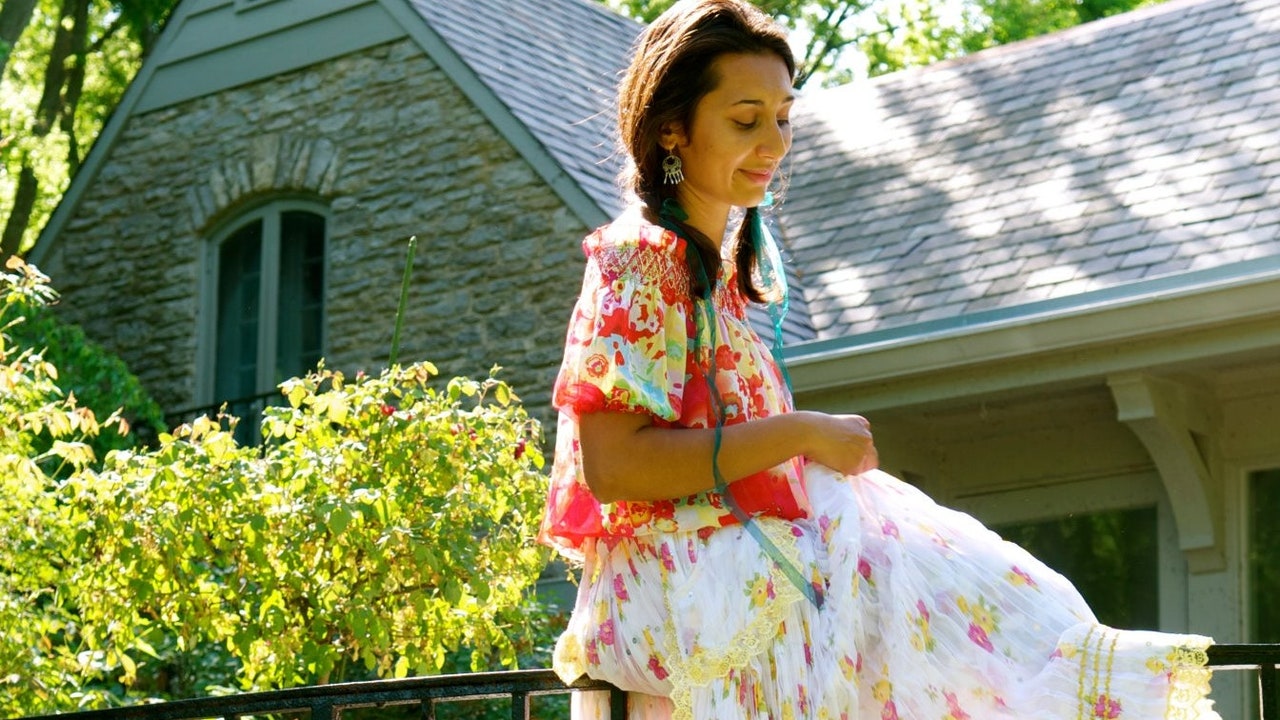Grigore cannot bring herself to go down the #gypsystyle rabbithole of Instagram. “People love the Gypsy culture, but they completely ignore the Roma life,” she says. “You’re taking people’s suffering. It looks so good on you, so cute.”
Far from being a compliment, these Gypsy-themed fashion shoots hamper Roma advancement. “Think about me going to, let’s say, Congress, to talk about the Roma plight,” Grigore says. “And they say, ‘Ah, beautiful clothes and parties!’ You cannot make a serious argument when you have the culture so objectified and treated this like a cute little thing, like a pet.”
For all her frustration, Grigore is not going to cancel anyone who uses the word Gypsy, just constructively correct them. “We try our best to not shame and criticize people, because they use the word without knowing how charged it is,” she says. “I think there is some meaning and beauty in being inspired by other cultures. The key is how you do it: in a way that is respectful and empowering towards that culture or in a way that is depleting those people from their voice and their power?”
So what would truly authentic Roma fashion look like? Well, that’s a hard question. The Roma people are diverse, with a multitude of sub-ethnicities and languages scattered throughout Europe. They don’t have the benefit of a legally protected name like the Navajo, or even a homeland.
But there are a few Roma designers, like Varga, whose clientele include European intellectuals, artists, and also the Roma diaspora who want to connect to their heritage. “For them, putting on a Romani garment is more than a fashion statement,” Varga told me via email. “It is a statement about themselves as proud Roma people.”
While the Roma can take on the sartorial traditions of whatever country they live in, there are some common motifs, according to Varga. In traditional communities, fashion tends to be conservative (so no low-cut blouses à la Esmeralda) though dresses and skirts have become more body-conscious recently. The fabrics are soft, including silk, muslin, and cashmere. Skirts are below the knees and often pleated, with up to 20 meters of fabric in one skirt. The dikhlo, or headscarf, with floral patterns such as roses, is a signature piece, as are the cashmere scarves worn on the shoulders. You’ll find embroidery on blouses and aprons, and colorful ribbons and lace on the skirts. Gold and silver jewelry such as hoops are worn on special occasions.
